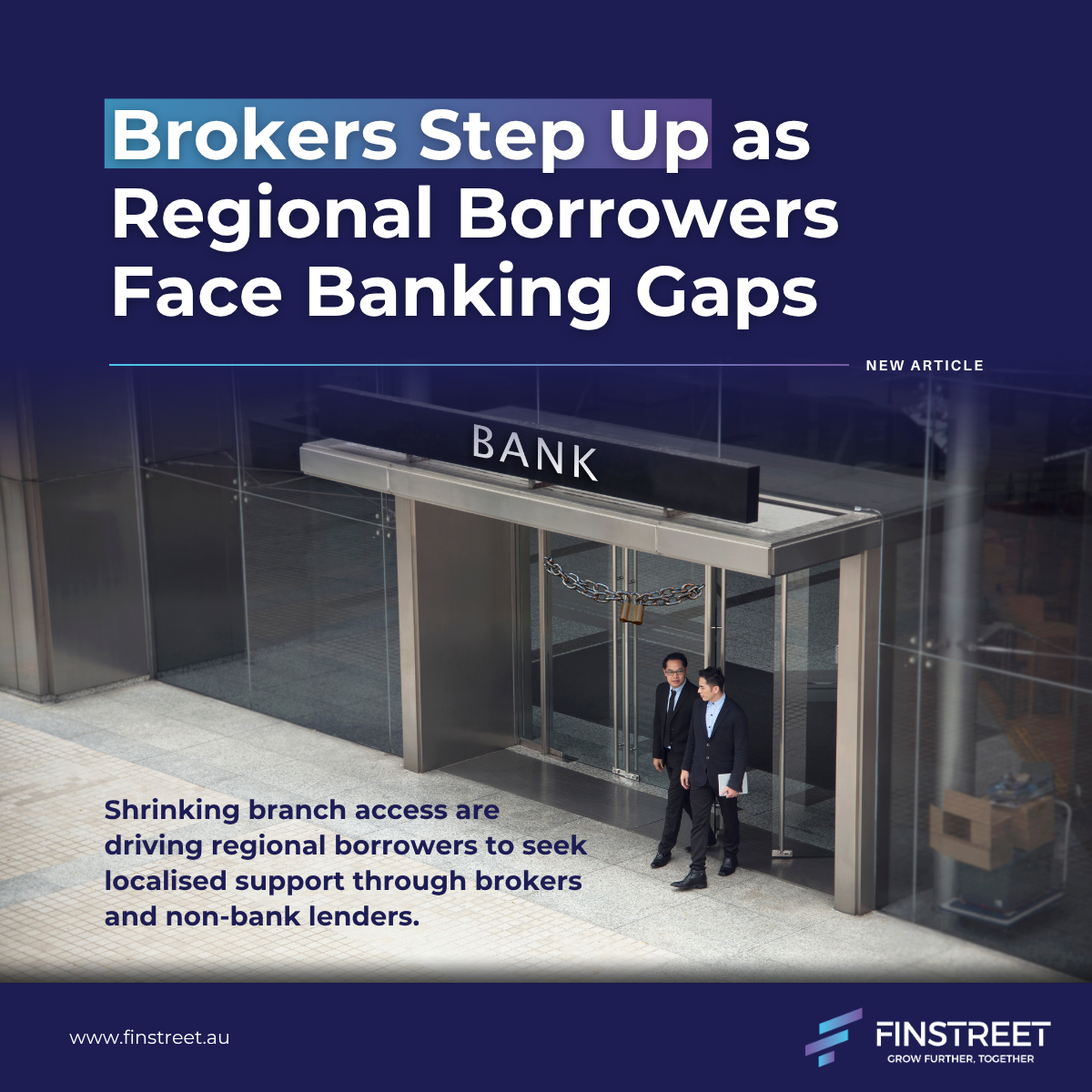13/05/2025
In Australia’s mortgage broking landscape, aggregator lender panels play a central role in shaping the options available to borrowers. Traditionally, these panels have been expansive, offering brokers access to a wide variety of lenders from major banks to non-bank and private lenders, enabling them to match clients with the right loan products. But recent movements in the market have raised eyebrows as more lenders are being removed from these panels, prompting concerns over a potential shift in aggregator strategy.
A Broker’s Bread and Butter: Lender Choice
Brokers depend heavily on the depth of their aggregator’s lender panel. Consumer research has consistently shown that one of the core strengths of the broker channel is its ability to deliver tailored lending options and convenience, something made possible by broad panel access. According to data from the MFAA and FBAA, most brokers are accredited with around 23 lenders, and top tier aggregators such as AFG and Loan Market Group boast panels featuring more than 80 lenders.
Despite this, aggregator decisions on which lenders stay or go are under increased scrutiny, as panels appear to be tightening. This trend is challenging the long held belief that broker groups always offer a solution for nearly every borrower scenario.
Getting on the Panel: Rigorous Standards
Being added to a lender panel is not a simple process. Aggregators undertake comprehensive due diligence to ensure lenders meet strict requirements. Factors such as financial stability, compliance with regulatory standards, customer service practices and alignment with the aggregator’s values are all critical.
Lenders also need to offer something unique, especially if they’re trying to enter an already well stocked panel. It’s not just about competitive rates; aggregators value innovative credit policies or niche offerings that fill gaps in the market. If a lender simply replicates existing products without clear value add, they’re unlikely to be included.
Moreover, aggregators generally expect a partnership approach, supporting broker training programs, maintaining transparent operations and demonstrating a commitment to quality outcomes for clients.
Why Lenders Get Dropped
Getting on a panel is one thing, staying on is another. Aggregators continuously review lender performance, usage levels and conduct. If brokers aren’t using a lender enough, the aggregator may choose to part ways. Underperformance, lack of demand or high support costs may all be grounds for removal.
Other reasons include service issues, duplicated products, funding challenges or even a breakdown in contractual terms. Regulatory issues also carry weight; if a lender is under investigation, aggregators may suspend their access until matters are resolved.
Aggregator leaders have stressed that such decisions aren’t punitive, but rather focused on protecting brokers and ensuring they can trust the integrity and performance of every lender on the panel. If a lender’s actions threaten client outcomes or introduce channel conflict, they risk losing their spot.
A structured process is often followed when problems arise, beginning with discussions and opportunities to resolve the issue. However, serious or repeated concerns can lead to suspension or permanent removal.
Culture, Values and Reputation Matter
Beyond performance metrics, cultural alignment plays a growing role in whether a lender remains on a panel. Aggregators increasingly want to partner with institutions that share their commitment to supporting brokers and delivering consistent, high quality customer experiences. When lenders show signs of conflicting incentives or disregard for broker interests, aggregators are more likely to act.
The Rise of White Label Products and In House Lending
A new layer of complexity has emerged as aggregators develop their own lending capabilities. White label products and proprietary funding lines, including those backed by residential mortgage backed securities (RMBS), are becoming more prominent. Aggregators like AFG, Connective and Mortgage Choice are investing heavily in these channels.
This shift allows aggregators to boost margins and gain greater control over loan products. But it also creates potential conflicts of interest, as proprietary offerings might compete with third party lenders on the panel. Some in the industry fear that decisions to remove certain lenders could be influenced more by internal business priorities than by broker or client needs.
A recent example involves Bluestone Home Loans, which was removed from AFG’s panel despite reporting strong volume growth. The decision was reportedly cost related, but Bluestone executives have questioned whether the move was driven more by competition with AFG’s own lending line than performance issues. Such instances fuel concerns that lender panel decisions may increasingly be shaped by aggregator profitability rather than broker or borrower value.
What It Means for Brokers
As lender panels evolve, brokers must stay alert to these changes. A shrinking panel could limit their ability to meet diverse client needs, particularly in complex or underserved segments. While aggregators continue to emphasise their commitment to broker support and client outcomes, the industry must navigate the balance between commercial growth and maintaining true choice.
At its core, the broking model is built on giving Australians access to tailored lending solutions. If panel decisions begin to restrict this, the sector risks undermining one of its greatest strengths. For brokers, ensuring their aggregator continues to offer a diverse and relevant lender panel is more important than ever.



